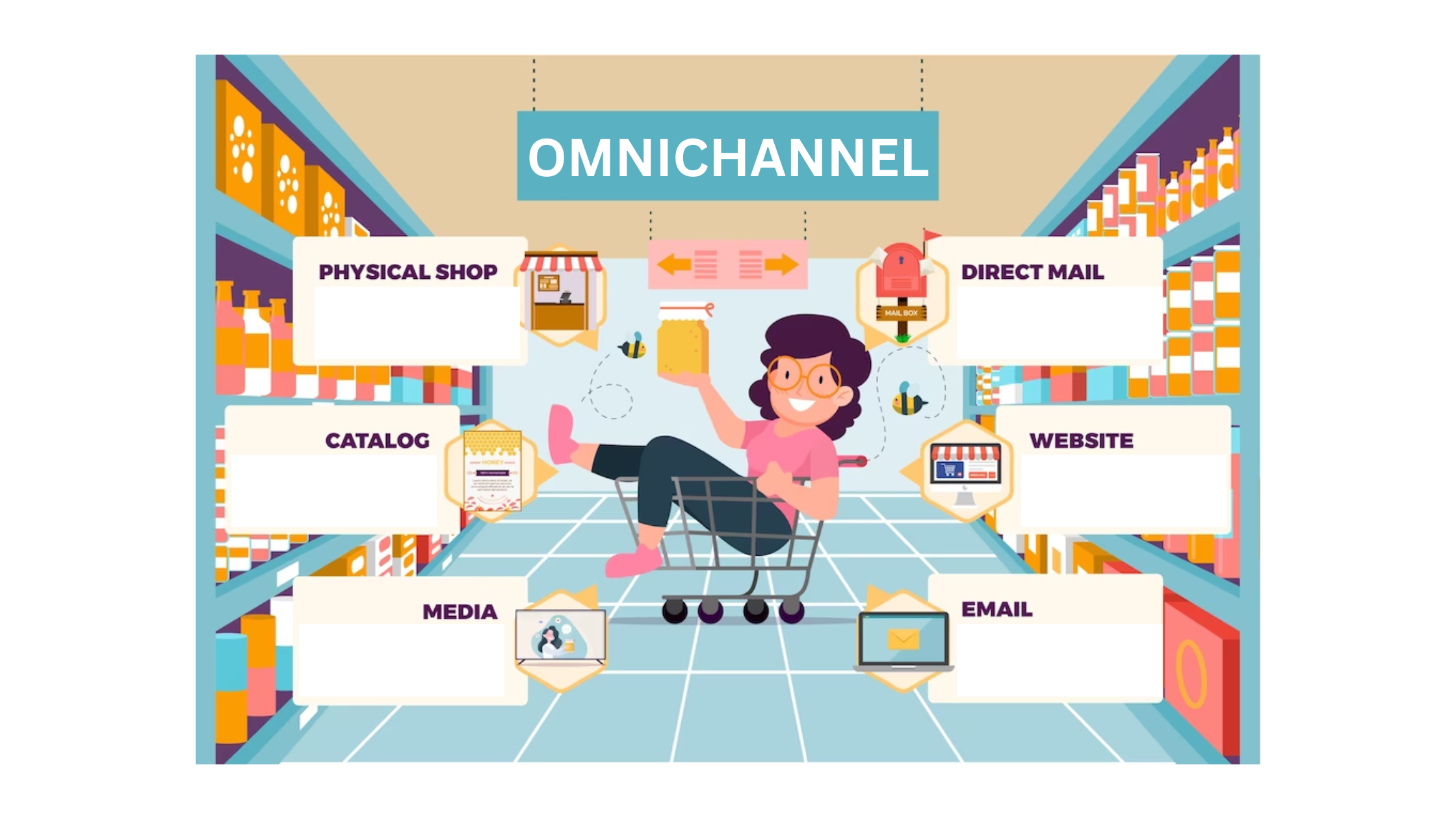Omnichannel Commerce
Transacting across numerous channels, such as markets, social networks, and retail stores, is referred to as omnichannel retailing. An omnichannel marketing strategy enables businesses to provide a uniform and smooth customer experience among all platforms through which consumers interact with the business, both online and offline. This amount of efficiency can have a major impact in an era of immediate satisfaction and a growing array of competitors for customers’ focus.
Why is Omnichannel Commerce Important?
An effective omnichannel commerce strategy includes data from the consumer journey across multiple platforms. Using the available data, you can plan out the various customer interactions, find consumer goals and needs, and create a strategy to satisfy those needs.
It allows you to be available to consumers at the best possible moment. Every single client is unique. Some people may prefer to look at your products in reality. Others may wish to make a last-minute buy at 10:00 p.m. while they are out of town. Others may come across your product on a social media site and want to buy it without going through an independent checkout process. They can buy whenever and wherever it is most practical for them, kudos to omnichannel commerce.
According to Google, 85% of internet buyers begin their transactions on one platform and complete them on another. Why is that relevant? Take off your marketer’s hat for a moment and realize that most customers do not divide their purchasing experience. To them, it’s all one trip, and that’s precisely how an omnichannel e-commerce experience tackles it.
Pillars of an Omnichannel Commerce:
- Sales networks: Users use these digital channels like PPC, SEO, email, social media, mobile applications, and remarketing to transform their prospective consumers into potential customers.
- Marketing networks: To engage prospective consumers, create demand for your goods, and develop your brand, you can use channels such as email, social media, display and video, SEO content, mobile apps, and public relations.
- Operations Network: In areas such as merchandise, order, and inventory administration, logistics, and delivery, you can organize your back office.
- Shipment and delivery: You may implement your shipping methods and distribution software administration tools to ensure your goods are delivered to customers on time and unharmed, or use the assistance of a third-party logistics expert business.
Tips and Tricks:
- Use subscriptions to guarantee regular revenue: It is essential to translate an online experience into an in-person interaction, but it does not convey the entire story. Subscriptions can help you improve the uniformity and freedom of your cross-channel client interactions.
- Maintain consistency in your branding: The goal of omnichannel shopping is to provide a uniform, seamless experience. Add it to your business as well! Whatever channel your customer uses to purchase, they should know they’re in the correct spot. The logo, typefaces, images, and colors should all be the same. Maintain consistent ideas and wording. Sustain the accuracy and timeliness of material such as pricing, places, phone numbers, and email addresses.
- Provide exceptional customer assistance across all channels: Customers should experience the same degree of excellent service regardless of how they purchase with you. Of course, this will vary depending on the company and situation. For instance:
- Answering emails. Provide an email address or a contact form on your website so that people can contact you anywhere and any time of day or night.
- Being present on social media. You can make yourself accessible on social media using tools such as Facebook. Customers can even initiate a discussion on your website, then continue it on Facebook no matter where they are.
- Activating live conversation. You can provide immediate customer support from any website page and through other platforms such as Facebook Messenger and Apple Business Chat by using an extension such as Live Chat.
- Taking phone calls. Make a phone number accessible for those who prefer to ask inquiries or receive assistance over the phone.
- You could even use a client relationship management application (CRM). This makes data about each particular shopper accessible at all times, such as sales history and personal data, and eliminates possible disconnects across multiple platforms.
- Make it simple for customers to exchange products: Refunds are an unavoidable aspect of doing business. And, just as customers can purchase across multiple channels, they should also be able to refund or swap items across them. Allow them to send their product back to you or return it to the shop immediately. You can also use a utility such as Returns and Warranty Requests to allow customers to submit a return straight from their account on your website. Also, ensure that your policies are uniform among all platforms and that your support staff has access to all relevant information.
WRAPPING IT UP:
You can increase brand recognition and boost sales using an effective omnichannel approach, which can be applied to email, social media, display advertising, and search among other digital marketing platforms. Omnichannel marketing has become a crucial component of many companies’ strategies as digital marketing continues to develop.





